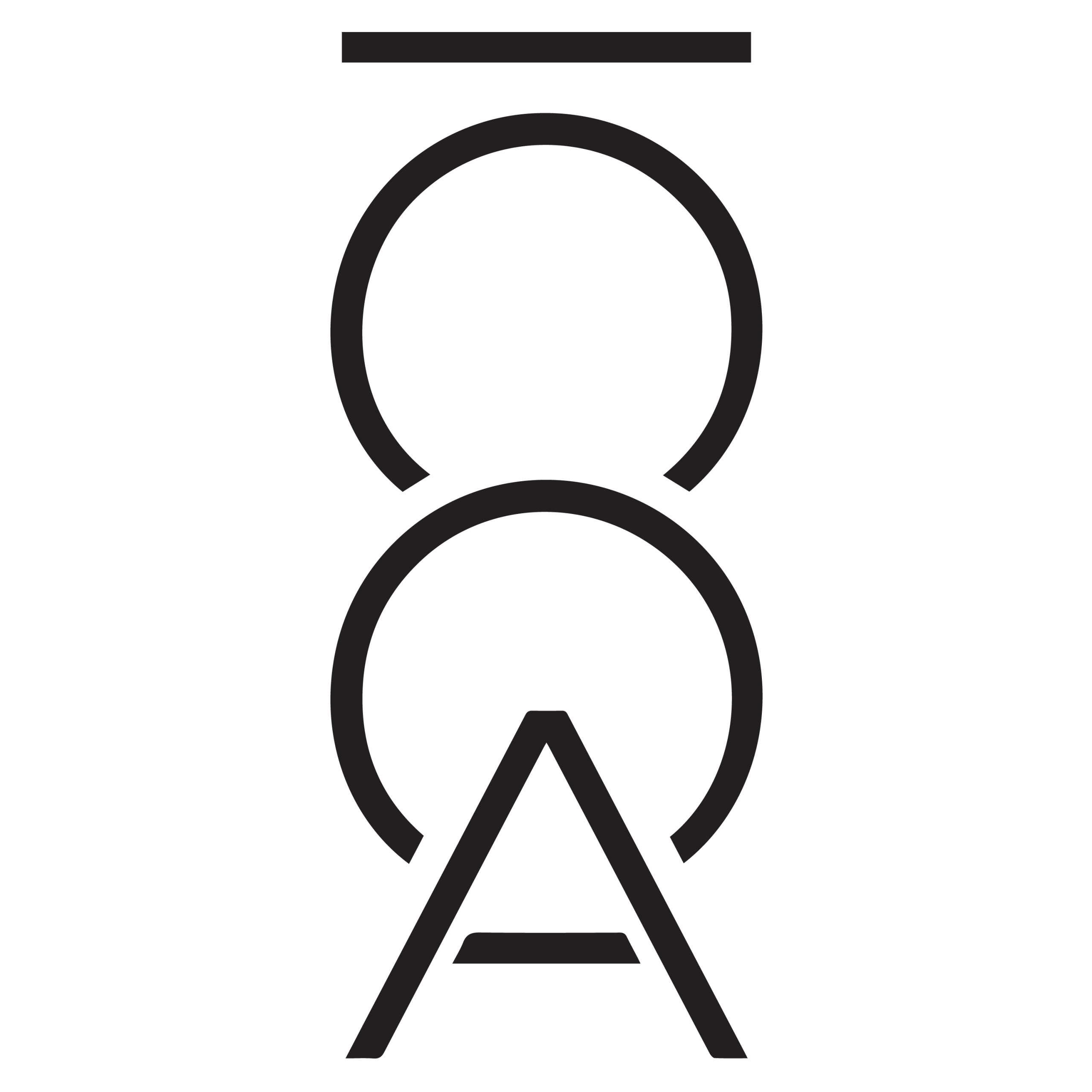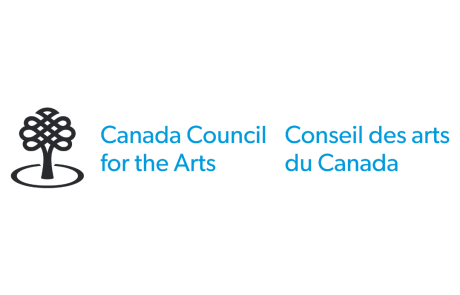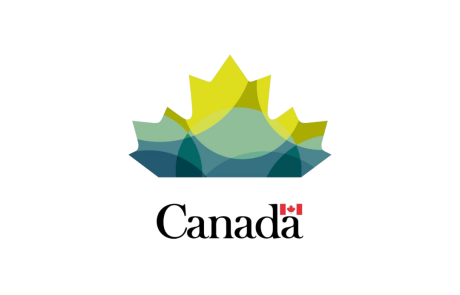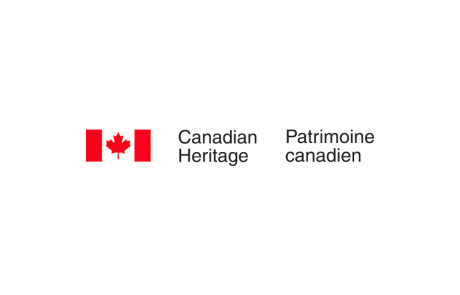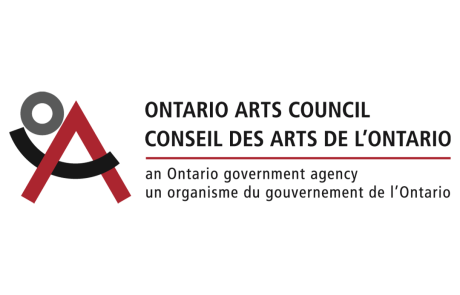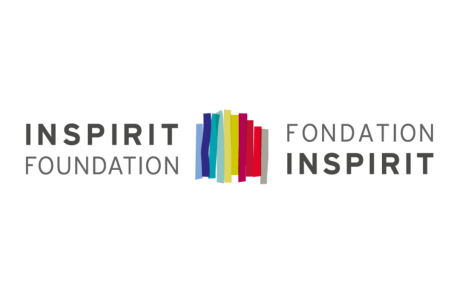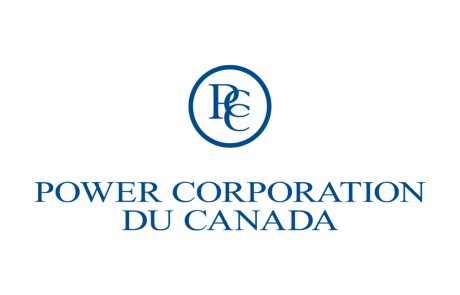Launch a Feast for Scavengers
By Peter Morin
She says, I am using my body to tell a story(1)
Launch a Feast for Scavengers
It’s Sunday. It’s ten in the morning.
And I’m already half-an-hour late for Rebecca’s Belmore’s new performance.
So, I finish getting ready. Get into the truck. Drive to the coffee shop. Grab a sharp-edged double-long Americano. Grab a delicious example of white flour colonial-breakfast, and start towards the performance. On the drive over, I can’t help but think of Rebecca’s performance Speaking to Their Mother.(2) I’m always thinking about this performance. It has such a strong resonance with me. And then, I begin to wonder, how does a culturally-based performance artwork read on the landscapes of first contact?
I had the opportunity to meet up with Rebecca earlier in the week. She had a studio space and was working with some First Nations high school students. The work with the students fit into the longer project-based residency for the Art Gallery of Greater Victoria. I showed up on the day these students were interviewing her for The New Canoe(3), a locally produced indigenous arts and culture show.
Rebecca introduced performance art to the students. They talked with her about her previous works. She played video documentation. She also spoke about her history as a performance artist. The students asked good questions like, what does it mean to make performance art? Who do you make performance art for? What was it like to push sand up that ancient staircase, while being bound and gagged?
During their interview, Rebecca also spoke about her new work Launch a Feast For Scavengers.(4) She discussed her choices with the students. She talked about using herring and putting the herring onto large fishing nets and pulling these nets out into the small bay, near Beacon Hill Park (in the heart of Victoria).
I remember thinking that the title is a trap. Launch a Feast for Scavengers. It catches you, pulls you in like getting caught in a net. There are three distinct actions in the title: Launch, Feast, and Scavenge. Each component is at odds with each other, almost pushing and pulling each other apart. Her title made me think about the ocean, about its constant rolling, pulling, and ripping at the shoreline. There is also a place for the political landscape. It is sitting underneath the rest of the title daring us to name the unceded territories. Look what happens when we rearrange the topographical placement:
Launch a Feast
For Scavengers
Everything in this title refers to land. When Rebecca performs, she often cuts deep into the land. This act pulls back layers to reveal history, upon history, upon history. This act opens up the scars left by colonization. It is a brave and serious act. It is an act of truth telling.
I was intrigued by Rebecca’s choice for her performance location. She chose this small beach, in what used to be a white-people-only park called Beacon Hill Park.(5) Beacon Hill was a village site to the Lekwungen people. This particular beach was a trading site for the Indigenous groups on the island. When Rebecca introduced the site to me, and to the students, she said she was imagining the view, not from the land, but the view from the deck of that original Captain Vancouver ship.(6) She was imagining a wooden ship trolling by this protected cove. She was imagining these white men seeing native people standing there. It was then that I could imagine Launch a Feast for Scavengers. Launch a feast for the first meeting between two Nations.
She imagined Captain Vancouver, trolling by on his giant ship, and seeing something evocative of their far-a-way-home. The memory of their home a driving force behind the decision to drive their boats at the shore. At some point, back to the journey of getting to the performance, I am finally able to park my truck but I’m not sure where the right beach is. There is a lot of beach when you live on an island. I can’t find the indigenous beach, this site of trading. Tahltan people are not used to this much coastline. When I get out of the truck, I hear loud bagpipe music. I walk towards the sound. I’m drawn to the call of the bagpipes. This is Victoria and I think, bagpipes don’t seem out of place here. Soon enough, I see a bunch of Victorians gathered at the crest of the cliff, looking down at the ocean. They are looking at something in the water. When I get to the cliff edge I see Rebecca standing in the cold ocean, and another small head swimming back and forth from the edge to the middle of the cove dragging something behind it. The other performer looks much like a beaver when dragging wood across an anonymous body of water.
It seems that scavengers remind us of our humanity by demonstrating their inhumanity.
She sits on the rocky outcroppings, searching the ocean horizon.
She has come to this beach, this protected cove, and set a line, watching and waiting, for our dinner to get caught in her net. The performance ends when the bagpipes stop singing.
really think that my greatest inspirations are: Kokum, my mother, then me. That’s it.(7)
Later on, after the action that shaped Launch A Feast for Scavengers was completed, I stayed to watch the net floaters dance on the ocean currents. I wondered what scavengers would come? The seagulls were circling.
This young Victorian family, walking by, stopped a moment and asked, we noticed the large group of people, and the bagpipes, can you tell us what happened here? I told them about Launch a Feast for Scavengers. Rebecca Belmore, an Anishinaabe artist, who makes performance art, presented a new work. She sent out this floating net line, heavy with herring, into the water. I said Rebecca was inviting many scavengers to eat.
Unfortunately, the family wasn’t caught. They continued down the beach.
Me. I was caught.
Throughout the performance, Rebecca stays in the cold water, facing the cold, and moving enough nets to catch something big. I admire that strength and endurance. At times, I think she is after the ghosts of those first colonizers. I am sitting beside this history, knowing that at one point aboriginal fisheries were illegal, and aboriginal art making was illegal.
The performance subverts that historical imperative of catching food for survival to capturing the ships and ghosts that haunt our First Nations bodies.
Then, I see her stop. She turns to watch a lone seagull circle overhead. It occurs to me that she is not waiting for that seagull. The seagull is not the scavenger, but is more likely reporting back about those large ships looming on the horizon.
When she is finished in the water, the story splits for me. I see her sit at the edge of the water, watching the work she’s accomplished and I am reminded of my own experience of fishing for food at the river near Telegraph Creek and the waiting involved with gathering food. She has created a return to that environment for me, and her subsequent movements recalling the hard work involved. At its basis, this action of a First Nations woman returning to a historic fishing village site, and enacting a historic-land-memory-connection, is necessary for the continued creation of new stories for our collective memory. The factors involved in this, return the site into a living and breathing location of importance. Its history continues to be significant because she returned and enacted these actions. This site was a place of trading by Indigenous people. As the sun rises further and the work for the morning is done, there is a very real sense of ancestors watching to see that the work was done right.
When aboriginal artists share narratives about home, there is vulnerability. The story can become like dynamite. In this case, Launch a Feast for a Scavenger teeters on some undeclared edge. It can easily become a fog of symbols, a fog that rolls into this cove. It can also become a real conversation about shared histories. And yet, for the viewer, as well as the maker, the words and actions gain significance because of this tension. Rebecca’s performance creates meaning because the body helps us to read information that isn’t always easy to put English words to. We may not always have the words to describe the ceremony but after 500+ years of colonization, we still have our bodies. Launch a Feast for Scavengers reminds us that we don’t have to be afraid of the history that lives underneath our feet.
To travel without a map, to travel without a way. They did, that long ago. That misdirection became the way. After the Door of No Return, a map was only a set of impossibilities, a set of changing locations.
It is 4:45 a.m. I am doing what I do every time I drink too much wine and wake up suddenly at 4:45 a.m. I read. Eduardo Galeano falls open at this time: “I’m nostalgic for a country which doesn’t yet exist on a map.” Dear Eduardo, I am not nostalgic. Belonging does not interest me. I had once thought that it did. Until I examined the underpinnings. One is mislead when one looks at the sails and majesty of tall ships instead of their cargo. But if it were a country where you were my compatriot, then I would reconsider it. (85)(8)
A map, then, is only a life of conversations about a forgotten list of irretrievable selves. This self which is unobservable is a mystery. It is imprisoned in the observed. It is constantly struggling to wrest itself from the warp of public ownership. Its own language is plain yet secret. Rather, obscured. (224)(9)
1. Quote from Rebecca Belmore’s presentation, Transporters symposium, University of Victoria, November 3, 2007
2. Ayum-ee-aawach Oomama-mowan: Speaking to Their Mother. Rebecca Belmore. Dates for site specific performances: 1991, 1992, 1996
6. After the summer surveying season ended in August, Vancouver went to Nootka on Vancouver Island, then the region’s most important harbour, where he was to get any British buildings or lands returned by the Spanish. The Spanish commander, Bodega y Quadra, was very cordial and he and Vancouver exchanged the maps they had made, but no agreement was reached; they decided to await further instructions. At this time, they decided to name the large island on which Nootka was now proven to be located as Quadra and Vancouver Island. Years later, as Spanish influence declined, the name was shortened simply to Vancouver Island.
7. Rebecca’s response to a question asked by one of the audience members about the inspiration she finds to create her work, Transporters symposium, University of Victoria, November 3, 2007.
8. Brand, Dionne. A Map to The Door of No Return. (Toronto: Random House of Canada. 2001).

Peter Morin is a Tahltan Nation artist and curator. He is a grandson of Tahltan ancestor artists. He has now lived away from his home territory for most of his life, but like his ancestors who have walked on the land, he carries Tahltan knowledge, ideas and history with him wherever he is. Every step along the way, Tahltan knowledge has guided his researching, dreaming, learning, making of the past twenty years of artistic and curatorial practice.
Morin began art school in 1997, completing his Bachelor of Fine Arts at Emily Carr Institute of Art and Design in Vancouver in 2001 and his Masters in Fine Arts in 2010 at the University of British Columbia-Okanagan. Initially trained in lithography, Morin’s artistic practice moves from printmaking to poetry to drum making to button blanket making to installation to beadwork to performance art.

